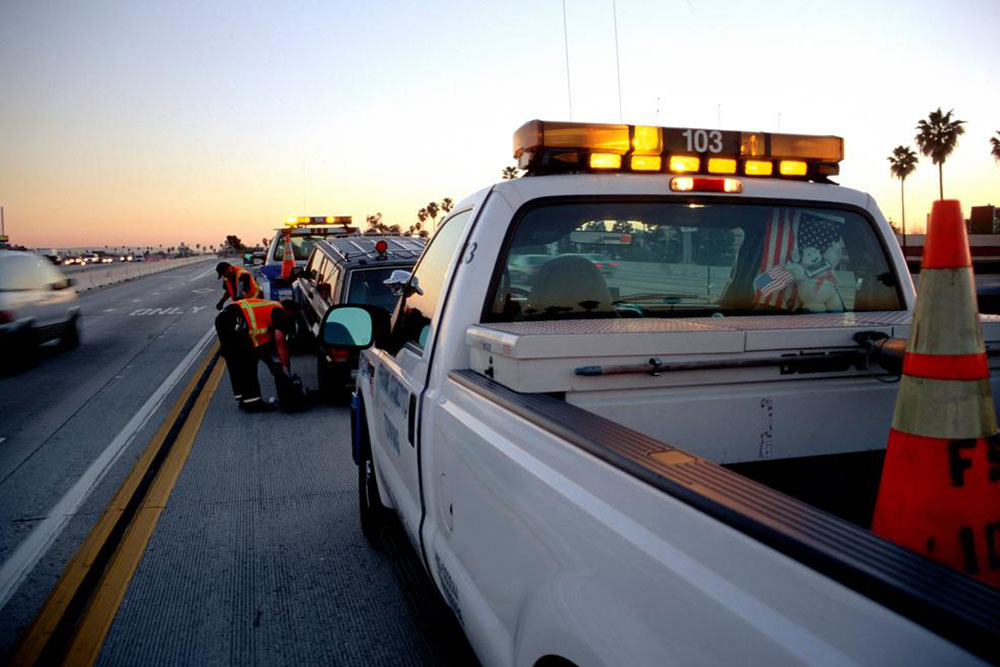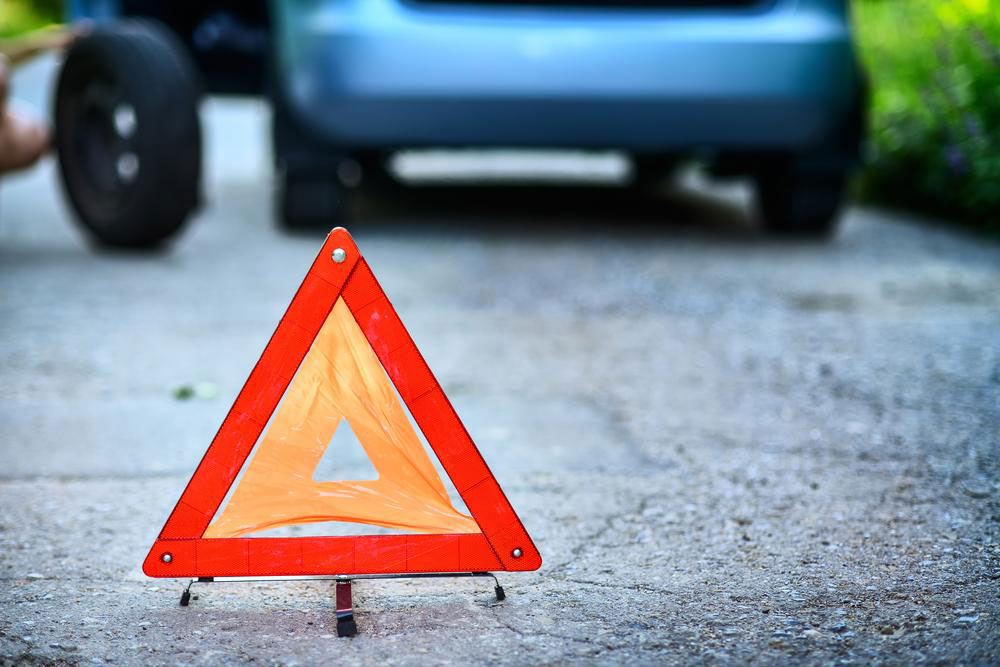Comprehensive Guide to Choosing the Best Emergency Roadside Assistance Plan
This comprehensive guide helps drivers understand the importance of roadside assistance, how to choose the best plan, and the benefits of having reliable emergency support. It covers key tips on assessing needs, comparing coverage, and understanding costs, ensuring drivers are prepared for unforeseen road emergencies and can select the most suitable plan to safeguard themselves and their vehicles.

Comprehensive Guide to Selecting the Most Suitable Emergency Roadside Assistance Plan
Being stranded on the road due to sudden vehicle breakdowns or flat tires can cause significant stress and inconvenience. Such emergencies not only disrupt your plans but also can lead to substantial unexpected costs, including towing fees, repair charges, and even safety hazards. Fortunately, roadside assistance programs are designed to offer timely support, ensuring you are not left stranded in difficult situations. This extensive guide delves into what roadside assistance coverage entails, how it can benefit you, and detailed advice on how to choose the most appropriate plan tailored to your specific needs.
Understanding Roadside Assistance Coverage: An Essential Service for Every Driver
Roadside assistance is a specialized insurance or service coverage that provides financial and physical support during vehicle emergencies. Its main purpose is to safeguard drivers from the financial burden and safety risks associated with unexpected vehicle issues. Whether you experience a flat tire, dead battery, or run out of fuel, roadside assistance ensures that help arrives promptly, allowing you to handle the situation efficiently and safely.
Typical roadside assistance plans include a comprehensive range of services such as vehicle towing, battery jump-starts, tire replacements, lockout services, fuel delivery, on-site minor repairs, and winching assistance. These services are usually incorporated into broader auto insurance policies, including collision, comprehensive, and full coverage plans. Here are the most common ways to access roadside assistance:
Add it as an endorsement or add-on to your personal vehicle insurance policy.
Become a member of an auto club or roadside assistance membership program that offers dedicated support services.
Incorporate roadside assistance as a perk or benefit within corporate or organizational employee packages.
Given the high costs associated with emergency roadside services, many major insurance providers bundle these options into their comprehensive insurance offerings. Moreover, these services are versatile and extend support to various types of vehicles, including cars, trucks, bicycles, and even mopeds, ensuring broad accessibility for different drivers.
Beyond just handling breakdowns, roadside assistance plays a vital role during accident-related emergencies or vehicle immobilizations, providing aid such as recovery and winching services to get your vehicle out of difficult situations effectively.
Key Tips for Selecting the Right Roadside Assistance Plan
As the market is flooded with numerous roadside assistance providers and plans, making an informed decision requires careful consideration. The following essential tips will help you evaluate and select the best plan tailored to your driving habits and needs:
Evaluate Your Personal Needs
Start by assessing your specific circumstances. Consider factors such as your vehicle’s age and condition, how frequently you drive, your typical driving environments (urban, rural, remote areas), and any physical or accessibility challenges you may have. If you often drive in less populated areas or own an older vehicle, a robust roadside assistance plan can be a lifesaver.
Compare Coverage Features and Service Quality
Perform thorough research online and compare different plans. Pay close attention to what each plan covers, response times, service limits, and whether there are any exclusions. Reading customer reviews and testimonials can provide insights into the responsiveness and reliability of the service providers. Don’t hesitate to seek recommendations from friends, family, or local automobile clubs.
Understand Pricing Structures and Hidden Fees
Analyze the cost details meticulously. Clarify what is included in basic and premium packages, and inquire about potential additional fees such as after-hours charges, long-distance towing, or service call surcharges. Ensure that the plan offers good value for money while providing adequate coverage for your specific situation.
These steps will enable you to select a trustworthy, efficient, and cost-effective roadside assistance plan. Proper planning not only minimizes roadside stress but also safeguards you from unexpected financial burdens during emergencies.
Is Investing in Roadside Assistance Coverage Worth the Investment?
Absolutely. A well-chosen roadside assistance plan offers peace of mind and a sense of security whenever you are on the road. Emergency situations are unpredictable and can happen at the most inconvenient times. Without proper coverage, the expenses related to emergency repairs, towing, or assistance can be overwhelming. Having reliable roadside support ensures you have access to prompt help, reduces inconvenience, and protects you financially, making it a valuable investment for all drivers.





